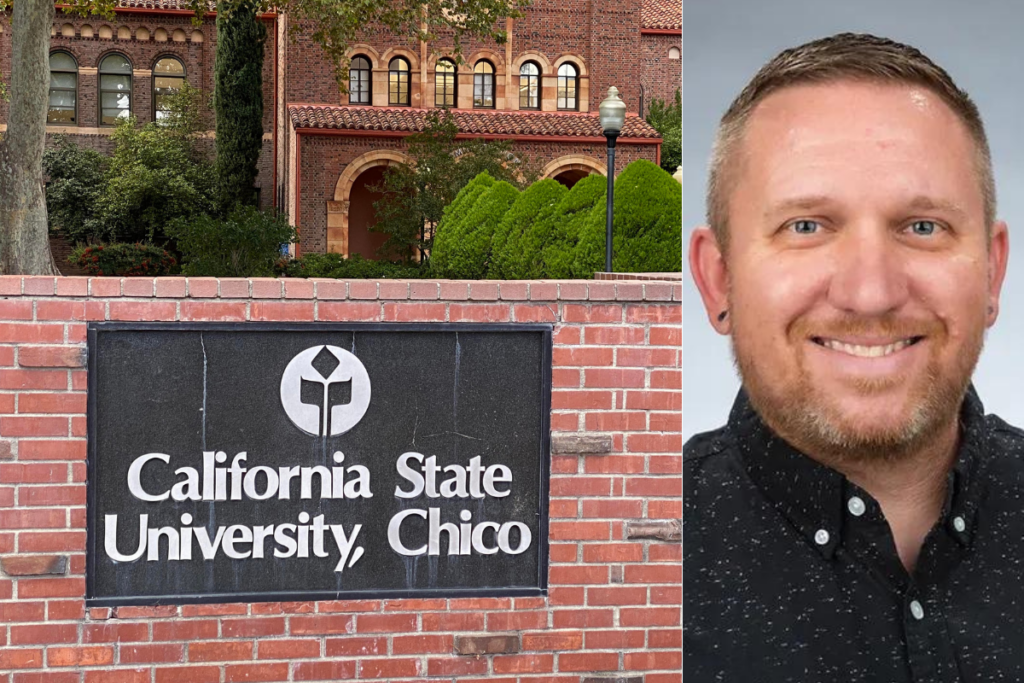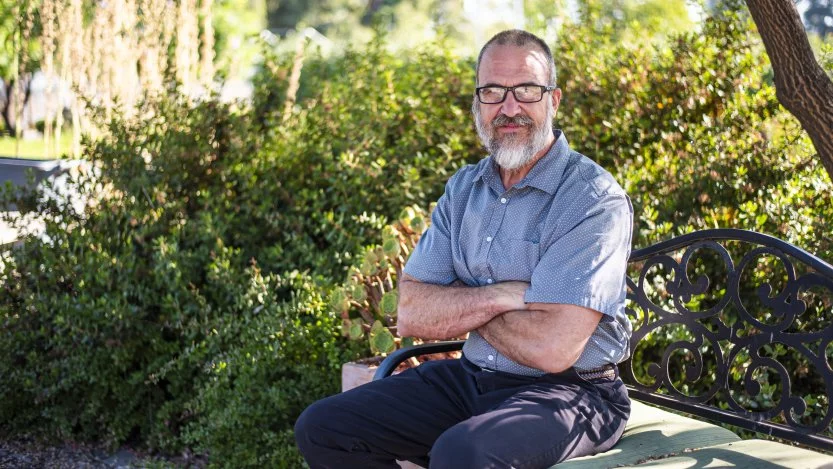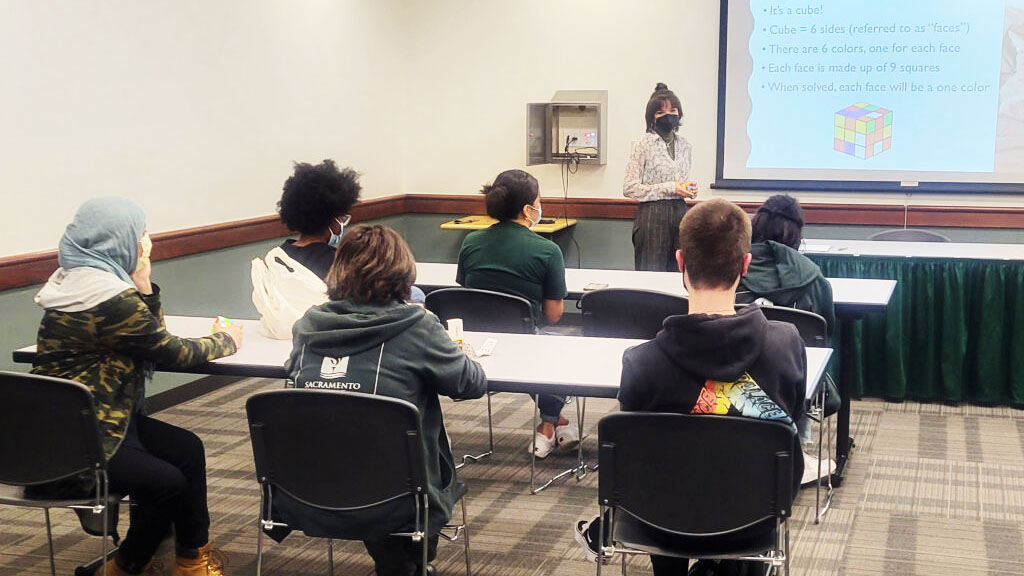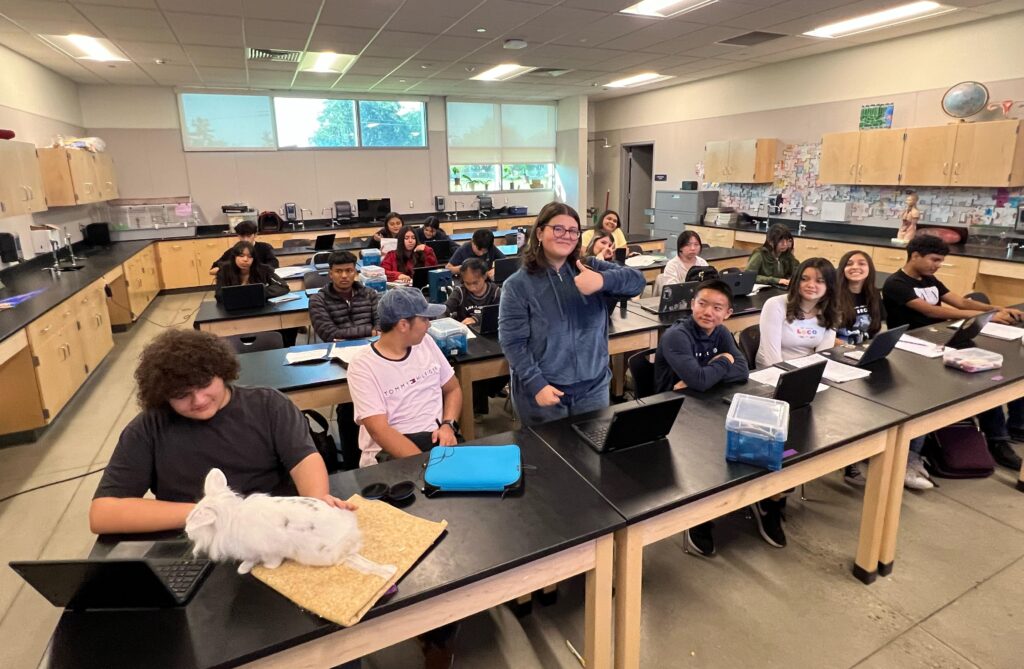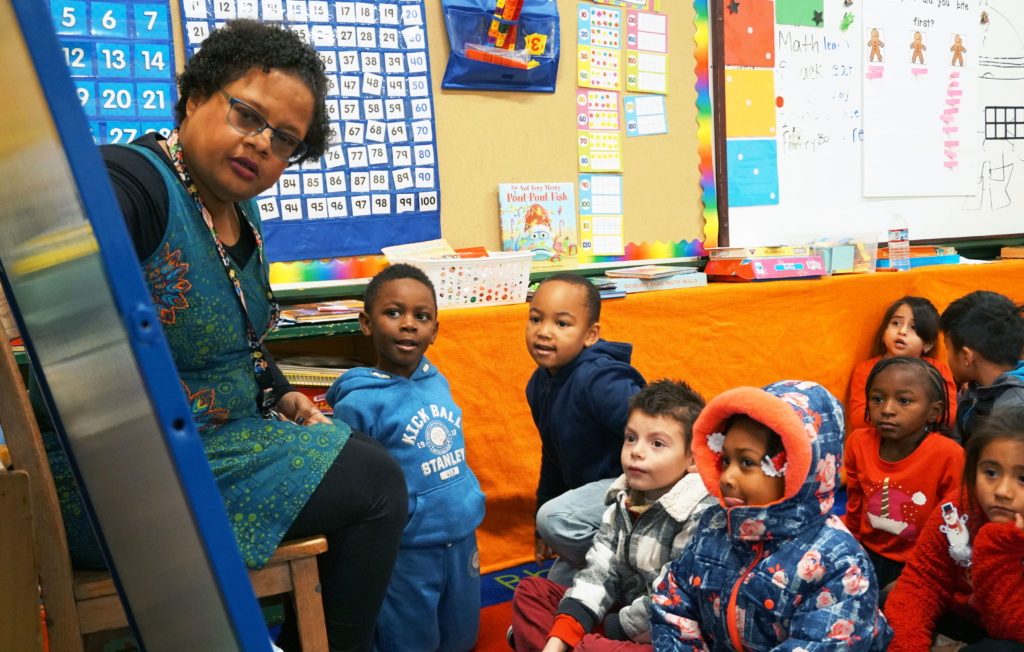The leaders of Texas have shown again and again that they are indifferent to the lives of the people of their state. Governor Greg Abbott has repeatedly refused to participate in the federal summer lunch program for low-income children, which would have fed nearly four million children. Abbott and his fellow Republicans imposed one of the strictest laws in the nation blocking abortion and the death rate of pregnant women has shot up. He has repeatedly refused to expand Medicaid to reach more than one million Texans who have no health insurance. Governor Abbott and Lieutenant Governor Dan Patrick want to do as little as possible to provide public services or to improve the lives of the poor. They want low taxes. They believe in individual responsibility. That’s their highest priority.
The following article was written by Michael Cohen, Trump’s former lawyer. It appeared on the Meiselas blog. He called it: “When the System Drowns Its People.”
Cohen writes:
There are disasters, and then there are premeditated failures dressed up as acts of God. What’s unfolding across Central Texas isn’t just a freak storm or an unfortunate tragedy; it’s the culmination of arrogance, willful neglect, and a depraved obsession with austerity over human life. More than 100 are confirmed dead, and over 160 remain missing. This is not just weather. This is the rotting fruit of a political doctrine that puts dollars before dignity, and ideology before infrastructure.
This is Flash Flood Alley. They’ve called it that for decades. Scientists warned. Local officials knew. But Texas chose not to prepare. The topography is unforgiving: limestone hills, shallow rivers, rapid runoff. When the sky opens up, this region doesn’t flood. It drowns. It suffocates. And still, nothing. No modernized alert systems. No meaningful statewide plan. Just the usual chest-beating about “personal responsibility” while entire families were swept into the dark.
Here’s the insult to injury: Texas is sitting on $30 billion in a rainy-day fund. That’s not a metaphor; that’s a literal pile of untouched cash that could’ve bought sirens, early-warning systems, elevated infrastructure, floodplain mapping, and the staffing to support it all. Instead, it sat in a bank account while children drowned in their camp bunks.
Now comes the scapegoating. Right on cue, Texas officials have turned their aim at the National Weather Service, claiming it failed to provide sufficient warning. But the San Antonio Express-News called it what it is: a coward’s deflection. The NWS issued alerts—repeatedly. The problem wasn’t the forecast. The problem was that the system built to respond to that forecast had been deliberately dismantled.
Let’s talk about DOGE: the Department of Government Efficiency. This isn’t satire. This is a real federal agency, created in 2025 under Trump’s second administration. Its stated mission? To “streamline” government. Its real job? Gut it from the inside out. Think of DOGE as the ideological Molotov cocktail thrown into the machinery of public service. Under the guise of saving taxpayer money, it laid off meteorologists, froze critical positions at FEMA, slashed NOAA’s coordination grants, and eviscerated the very agencies that make emergency response possible. Efficiency? No. This is strategic sabotage dressed up in a four-letter acronym.
DOGE didn’t just cut fat; it amputated limbs. In the name of small government, they made us small-minded. In the name of freedom, they left us unprotected. And in the name of fiscal responsibility, they created the exact scenario that led to over a hundred preventable deaths in Texas. It’s bureaucratic manslaughter. And it’s spreading.
Texas didn’t just follow DOGE’s lead; it internalized it. Governor Abbott didn’t need to be told to ignore warnings. He’s been doing it for years. Flash Flood Alley has seen repeated disasters, and each time, the response has been more anemic than the last. Why fund a new emergency alert system when you can cut taxes and call it liberty? Why invest in preparedness when you can just blame someone else after the storm?
But here’s the fundamental question: What the hell is government for if not to protect its people?
If your ideology leads you to hoard billions while people drown, then your ideology is broken. If your system prioritizes “lean governance” over living children, then your system is immoral. And if your political leaders shrug at death tolls while quoting spreadsheets, then they shouldn’t be in office; they should be in court.
We live in a nation of deep denial. We still treat climate change as an abstraction. We pretend billion-dollar disasters are flukes. But we are in the age of permanent emergency. The floods are coming every year now. The fires, the heat domes, the inland hurricanes—they’re all part of the new American experience. And yet, our government—federal, state, and local—is being stripped down to the studs in the name of a 1980s fiscal fever dream about trickle-down competence.
Let’s not forget: FEMA, too, is on the chopping block. The same anti-government crusade that birthed DOGE has its sights set on dismantling the last institutions capable of responding to disaster. Because in the minds of these so-called “efficiency experts,” saving lives is a luxury. The bare minimum is too expensive.
Texas is the cautionary tale. It’s what happens when the government decides its job is not to serve the people, but to shrink until it disappears. The dead in Flash Flood Alley didn’t need to die. They died because warnings went unheeded, because funds went unused, and because the infrastructure built to protect them was methodically, proudly destroyed.
So no, this wasn’t just rain. It wasn’t just a storm. It was a policy choice. And that choice killed people.
Let this be the moment we stop pretending that slashing budgets is a moral good. Let this be the moment we say, with clarity and fury: government is not the problem; government is the responsibility. And if it can’t do the basics—warn, protect, rescue—then it isn’t just broken. It’s complicit.
Flash Flood Alley didn’t have to be a graveyard. But thanks to DOGE and the cowardice it inspires, it is.
And if we don’t change course, it won’t be the last.

